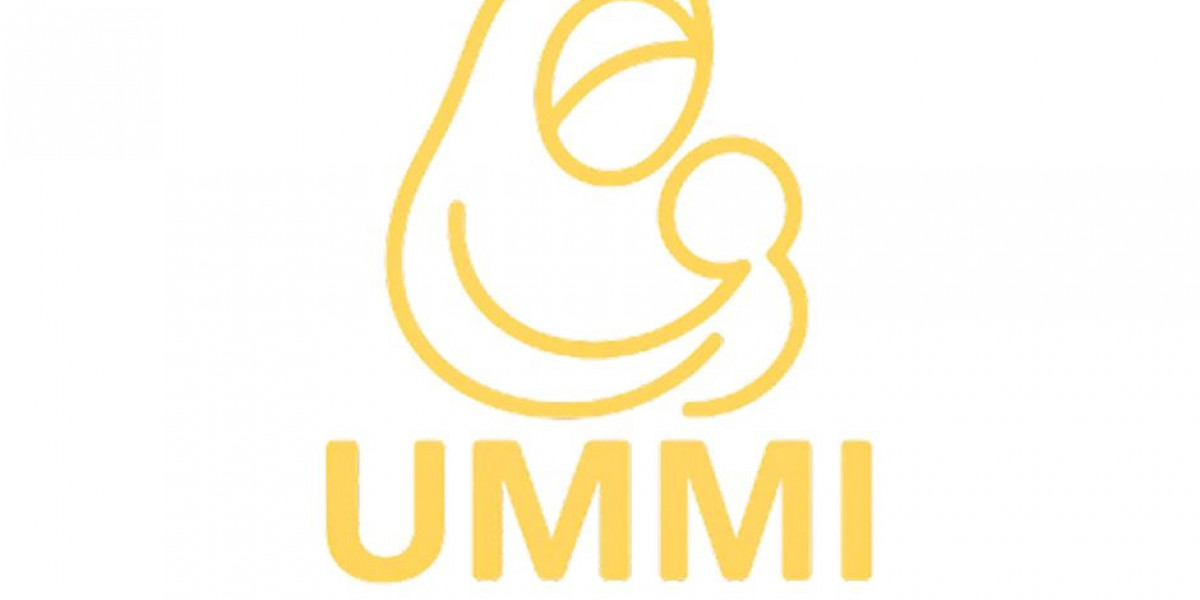The Quran is the holy book of Islam, revealed to the Prophet Muhammad (peace be upon him) over 23 years. It is the central source of guidance for Muslims worldwide, including those in Pakistan. To make recitation and memorization easier, the Quran is divided into equal sections known as Paras or Juz. Understanding these divisions helps Muslims connect better with the Quran in their daily lives.
What Are Quran Paras (Juz)?
The Quran contains 114 chapters, known as Surahs. Since the text is long, scholars divided it into thirty equal sections called Paras, also known as Juz in Arabic. Each Para contains a collection of verses from different Surahs. This division does not follow thematic order but ensures the Quran is divided into manageable parts.
Meaning of Para and Juz
The word Para is commonly used in South Asia, including Pakistan, while Juz is the Arabic term. Both refer to the same concept: a part or portion of the Quran.
Purpose of Dividing the Quran
The division into thirty Paras makes it easier for Muslims to recite the Quran in one month, especially during Ramadan. It allows readers to complete one Para daily and finish the entire Quran in thirty days.
Historical Background of Quran Paras
The Quran was revealed in its entirety to the Prophet Muhammad (peace be upon him) in segments, depending on circumstances and events. The division into Paras was not made during the Prophet’s time. Instead, it was done later by scholars to make recitation and memorization practical.
When the Division Was Introduced
The early companions of the Prophet focused on memorization and understanding rather than physical divisions. The thirty-part division was introduced to help Muslims recite the Quran with consistency.
Use Across the Muslim World
While the term Para is familiar in Pakistan, India, and Bangladesh, other Muslim regions mostly use the term Juz. Despite the difference in names, the concept remains the same everywhere.
Structure of Quran Paras
The thirty Paras divide the Quran equally by length, not by theme. This means a single Para may contain parts of multiple Surahs or sometimes just one.
Examples of Paras
The first Para starts with Surah Al-Fatiha and a large portion of Surah Al-Baqarah. The last Para, known as the thirtieth, contains several short Surahs that many Muslims memorize for daily prayers.
Balance of Length and Recitation
Each Para is nearly the same length, ensuring readers can manage recitation within a similar timeframe daily.
The Role of Quran Paras in Daily Recitation
Reciting the Quran is an act of worship for Muslims. The division into Paras plays a major role in maintaining a regular routine of recitation.
Ease of Daily Reading
Many Muslims in Pakistan and across the Muslim world use the thirty Paras as a guide. Reading one Para each day helps in completing the Quran monthly.
Ramadan and Taraweeh Prayers
The Para division has a special role in Ramadan. During Taraweeh prayers, Imams often recite one Para each night, allowing the entire Quran to be completed during the holy month.
Memorization Benefits
Students of Quran, especially those in madrasas in Pakistan, find it easier to memorize the Quran in Paras. The equal division makes memorization more systematic.
Educational and Spiritual Importance of Paras
Paras are not just practical divisions; they hold educational and spiritual value. They help Muslims strengthen their relationship with the Quran.
Teaching the Quran to Children
In Pakistan, children begin Quranic education by learning the thirtieth Para, as it contains shorter Surahs. These Surahs are easy to memorize and are often recited in daily prayers.
Spiritual Reflection
By dividing the Quran into sections, Muslims can reflect deeply on smaller portions of text. This encourages understanding and application of Quranic teachings in everyday life.
Commonly Known Quran Paras
Some Paras are widely known by their starting words, especially the thirtieth Para. Muslims often recognize Paras by these names in local traditions.
Examples in Pakistan
The 30th Para is called Amma, beginning with Surah An-Naba. The 29th Para starts with Surah Al-Mulk. The 1st Para begins with Alif Laam Meem from Surah Al-Baqarah. These names help in identifying Paras without needing to mention exact Surah numbers.
Quran Paras in Modern Times
The division of the Quran into Paras continues to benefit Muslims today. Whether in mosques, schools, or homes, this structure ensures recitation remains consistent.
Printed and Digital Qurans
In Pakistan, Qurans are often printed in single Para booklets, making it easier for people to carry and recite specific parts. With the rise of digital Qurans, mobile applications also allow users to select Paras for daily reading.
Global Relevance
Though different cultures use different names, Paras or Juz are recognized everywhere. This highlights the universal accessibility of the Quran.
Conclusion
The concept of Quran Paras, or Juz, shows the wisdom of scholars who aimed to make the Quran easy to recite and memorize. While the Quran was revealed in its entirety, its division into thirty equal parts ensures that Muslims can connect with it regularly. In Pakistan and across the Muslim world, Paras play a vital role in education, prayer, and spiritual growth. They encourage Muslims to engage with the Quran daily, reflect on its message, and strengthen their bond with Allah.














